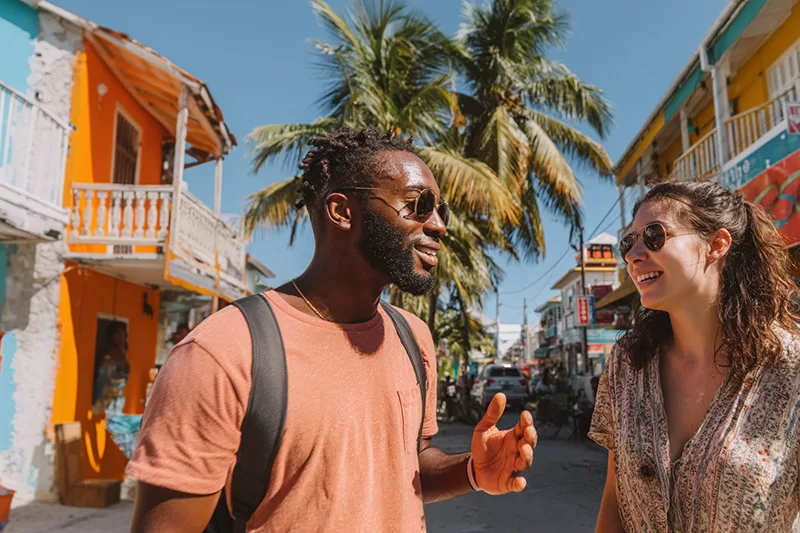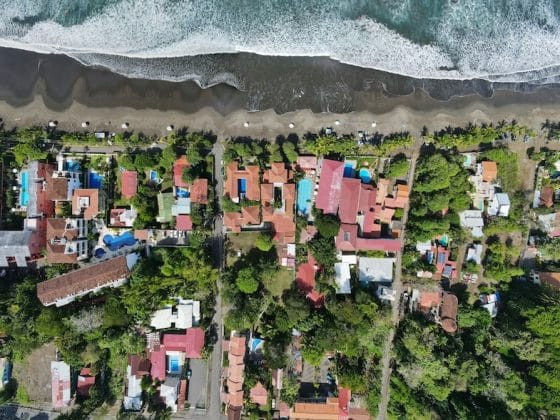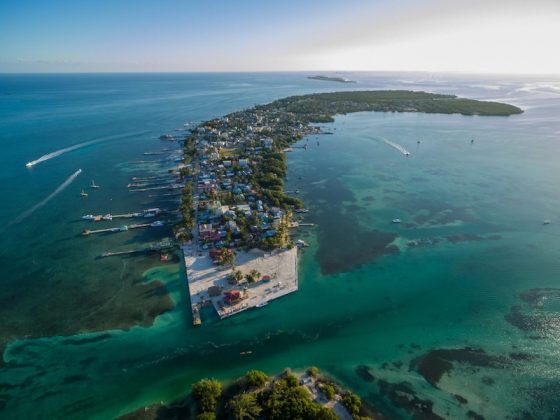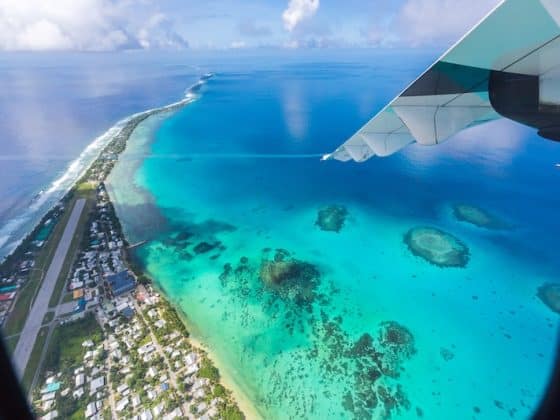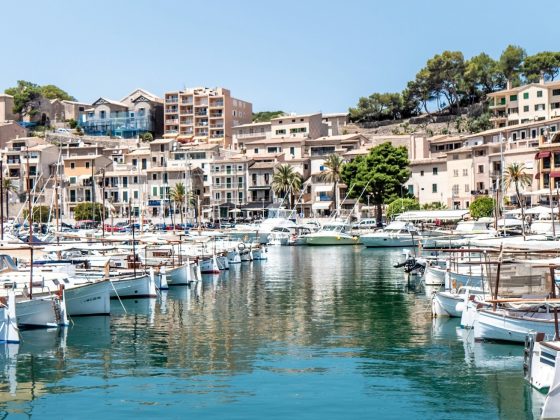Introduction
When someone asks “what language is spoken in Belize”, many expect a simple answer: English. But in practice, Belize’s linguistic landscape is far richer and more dynamic. From the formal corridors of government to the rhythms of daily street life, multiple tongues overlap, blend, and evolve. In Belize you’ll hear Kriol weaving through English, Maya dialects in remote villages, Spanish at border towns, and Garifuna on the southern coast.
This article goes beyond naming languages. We’ll explore how they interact, where they dominate, why some thrive or fade, and what this multilingual reality means for Belizeans and visitors alike.
You already know “English is official”. Now let’s dive deeper into the lived Belize language reality, its nuances, and its cultural power.
The danger of oversimplifying
Calling Belize “an English-speaking country” captures legality, but not the full mosaic of reality. While English is the official and institutional language, everyday communication paints a more colorful picture. A taxi driver might greet you in English, switch to Kriol mid-sentence, and trade Spanish jokes with another driver seconds later. In southern villages, you’ll hear Mayan prayers and Garifuna songs.
Belize isn’t just multilingual: it’s comfortably multilingual. Switching between languages is part of the national rhythm, not an exception.
Multilingual identity as national strength
Belize’s diversity is both cultural and linguistic. English offers international accessibility; Kriol builds community identity; Spanish connects Belize with its neighbors; and Maya and Garifuna preserve ancestral voices. Together, these languages reflect a small nation’s remarkable ability to integrate history into modern life.
English as the Institutional Backbone
How English functions in administration, law, and media
English became Belize’s official language through its colonial roots as British Honduras, a status it held until independence in 1981. Today, it remains the foundation of the country’s administrative and educational systems. Laws, official documents, court proceedings, and parliamentary debates all take place in English.
In education, English is the language of instruction from primary school onward. Newspapers, government websites, and most television and radio news broadcasts are also in English, making it the language of public life and record.
For visitors or expats, this means easy navigation: no translation apps needed to read road signs, fill out forms, or watch the evening news.
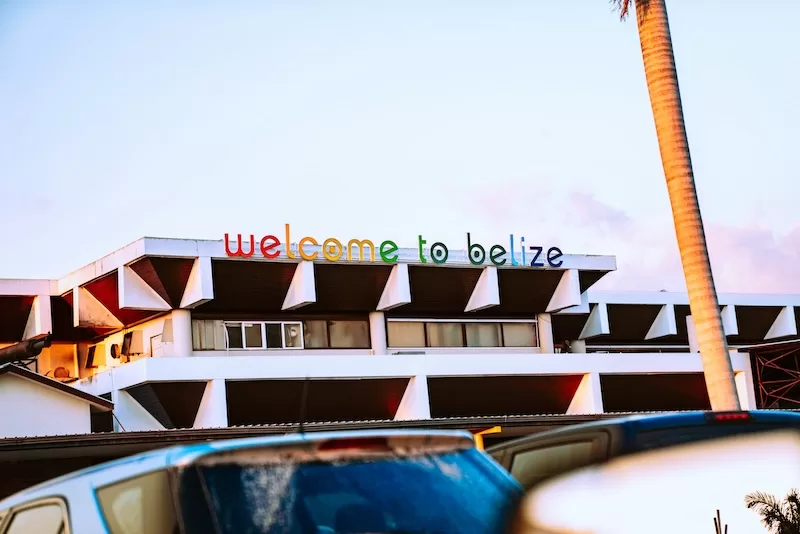
Belizean English: its unique local flavor
Though formally British in grammar and vocabulary, Belizean English has evolved its own accent, cadence, and vocabulary. It borrows words from Kriol and even Spanish: you might hear “pickney” (child), “bwai” (boy), or “weh di go on?” (what’s happening?).
For linguists, Belizean English represents a fascinating intersection: standard English adapted to a Caribbean-Central American identity. For locals, it’s simply “how we talk.”
Read More Like This: Belize Language: Why English Makes Belize Ideal for Expats
Creole continuum and code-switching
If English dominates official settings, Kriol (Belizean Creole) dominates social life. It’s the language you’ll hear in bus terminals, market stalls, fishing docks, classrooms during recess, and family WhatsApp chats. Spoken by most Belizeans regardless of ethnic background, Kriol bridges divides across class, race, and geography. Linguists call it an English-based creole: roughly 90 % of its vocabulary derives from English, but it has distinct grammar and pronunciation patterns shaped by West African and Caribbean influences.
For instance, “I am going to the market” becomes “Ah di go da maaket.” While fully intelligible to most English speakers after some exposure, Kriol’s structure makes it an independent language, not merely broken English.
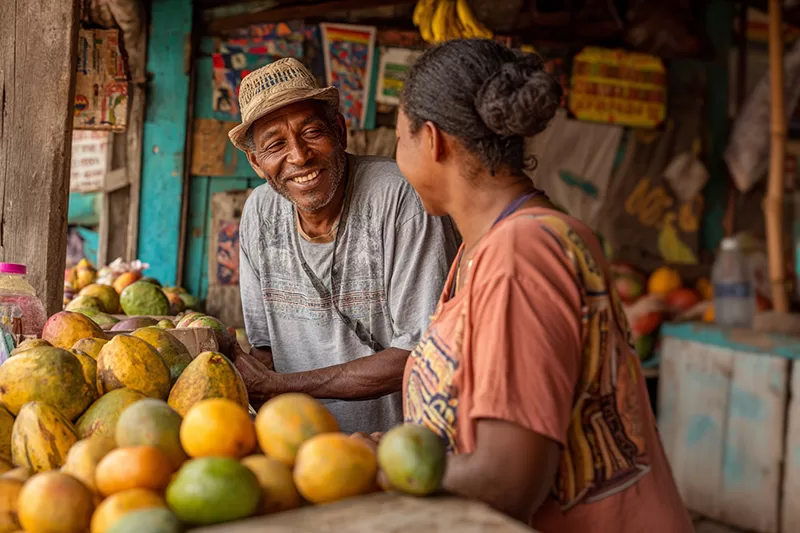
In a country of many languages — English, Spanish, Maya, Garifuna, German — Kriol acts as the middle ground everyone understands. A Mestizo from Corozal, a Garifuna from Dangriga, and a Maya farmer from Toledo might not share a first language, but they can all speak Kriol. This shared vernacular makes conversation effortless across communities that might otherwise remain linguistically separate.
Kriol invites intimacy. It’s used for humor, affection, and everyday storytelling, the moments that build trust. Politicians often switch into Kriol when addressing crowds, musicians sing in it to evoke pride, and teachers use it to comfort students before returning to English instruction. This fluid switching between languages (called code-switching) isn’t confusion; it’s communication at its most adaptive.
Because Kriol cuts across social boundaries, it often functions as Belize’s default national language in spirit, if not law. When two strangers meet Kriol becomes the easiest path to connection. It’s the sound of markets, friendships, and shared jokes. It softens hierarchy and invites equality, allowing people to meet each other on neutral ground.
Recent efforts in Kriol literacy and formal recognition
Since the 1990s, the National Kriol Council has worked to promote literacy, translating the Bible and producing children’s books in Kriol. Efforts like these legitimize Kriol as both cultural heritage and educational resource. In recent years, some schools have integrated informal Kriol literacy to support early learning and bilingual development.
In Belizean music, radio, and online humor, Kriol dominates: it’s expressive, rhythmic, and deeply personal. It is the heartbeat of informal communication in Belize.
Regional Language Patterns: Where Things Shift
Spanish dominance in northern districts
In northern Belize (particularly Corozal and Orange Walk) Spanish is widely spoken, reflecting historical migration from Mexico and Guatemala. According to the Statistical Institute of Belize (2022), 82.5 % of Corozal residents can speak Spanish, compared with 67.5 % who speak English. Spanish television and radio stations are common in these areas, and many families are bilingual or trilingual, mixing English, Spanish, and Kriol daily.
Maya language concentration in Toledo and rural areas
Southern Belize, especially the Toledo District, is home to three living Maya languages: Q’eqchi’, Mopan, and Yucatec. The same census found that 6.3 % of Belizeans speak at least one of these. While numbers are modest nationally, the concentration in certain villages is high. Schools in Toledo sometimes offer bilingual instruction in English and Maya, ensuring children maintain their ancestral tongue.
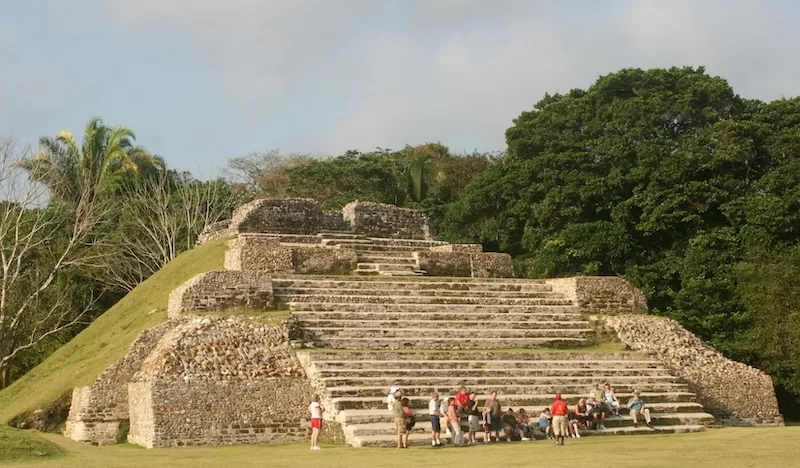
Mennonite German pockets and Garifuna regions
In the central and western regions, Mennonite communities such as Spanish Lookout and Shipyard maintain Plautdietsch (Low German) for daily life, while using English for trade. Along the southern coast (especially in Dangriga and Hopkins) the Garifuna language endures, recognized by UNESCO as part of the world’s intangible cultural heritage. Its songs, chants, and storytelling form a vital part of Belize’s national identity.
Language & Economy: The Returns of Multilingualism
Economic studies underscore that Belize’s multilingualism is more than cultural: it’s practical. A 2024 analysis titled “The Economic Returns to Language in Belize” found that English and Kriol fluency correlate with higher earnings, while bilingual ability (especially English-Spanish) enhances employability in tourism, trade, and public service sectors.
Meanwhile, bilingual ability (typically English-Spanish) was linked to a measurable boost in employability. Workers fluent in both languages are more likely to find steady work in the tourism, public administration, education, and retail sectors, where daily interaction with diverse populations is key. In short, language ability in Belize is both a cultural bridge and an economic tool.
Tourism and Trade: Language as Currency
Belize’s economy leans heavily on tourism, which contributed over 40% of GDP before the pandemic and continues to recover strongly. In this industry, multilingualism pays literal dividends. Tour guides who can switch from English to Spanish or Kriol cater to broader audiences and earn higher tips.
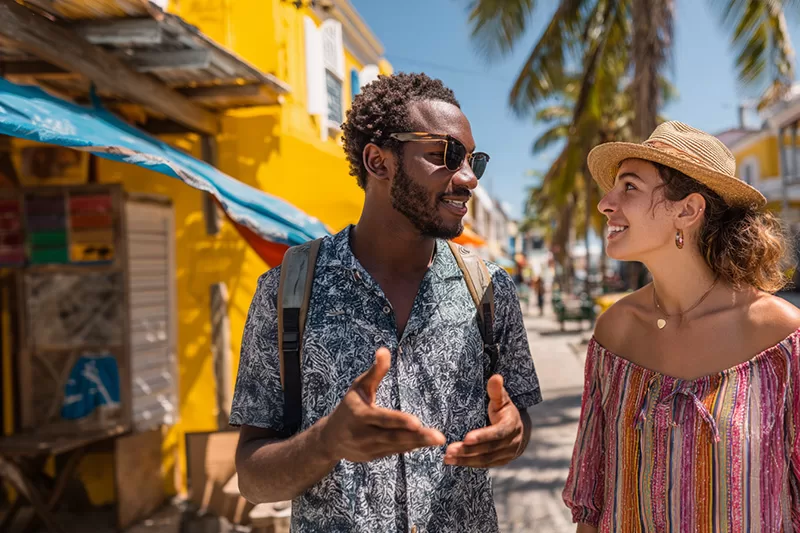
Hotels and resorts along Ambergris Caye and Placencia often hire staff with conversational Spanish, since many visitors arrive from neighboring Mexico, Guatemala, and Honduras. Similarly, bilingual skills in Belize City’s port sector streamline trade and customs work, as logistics often involve Spanish-speaking partners.
Education, Healthcare, and Public Service
In the education system, teachers who understand both Kriol and Spanish can connect with students from different linguistic backgrounds, an essential skill in a country where over half the population is bilingual. The Statistical Institute of Belize’s 2022 Census found that 75.5% speak English, 54% speak Spanish, and 49% speak Kriol, illustrating how classrooms naturally reflect multilingual society.
In public health, nurses and doctors who speak Kriol or Spanish communicate more effectively with rural or older populations, leading to higher trust and better outcomes. Many community clinics in Toledo and Orange Walk report using three or more languages daily when dealing with patients.
Private Sector and Entrepreneurship
Small business owners have also discovered the financial edge of linguistic versatility. In Belize’s open-air markets, vendors who can bargain in English, Spanish, and Kriol sell more consistently. Taxi drivers and shopkeepers often use Kriol for local charm, English for tourists, and Spanish for regional customers.
In Belize’s growing outsourcing and remote-work sector, particularly call centers and tech support companies in Belmopan and Belize City, English fluency is a hiring prerequisite. Kriol speakers, accustomed to shifting between registers, adapt quickly to global communication styles, an advantage in customer-facing roles.
What makes Belize particularly interesting is how language bridges class divides. While English opens doors to global markets and formal employment, Kriol unites communities domestically. Someone who speaks both can move fluidly between the formal and informal economies (a teacher in the classroom, a vendor in the market, a guide on the beach) each role requiring different linguistic “codes.”
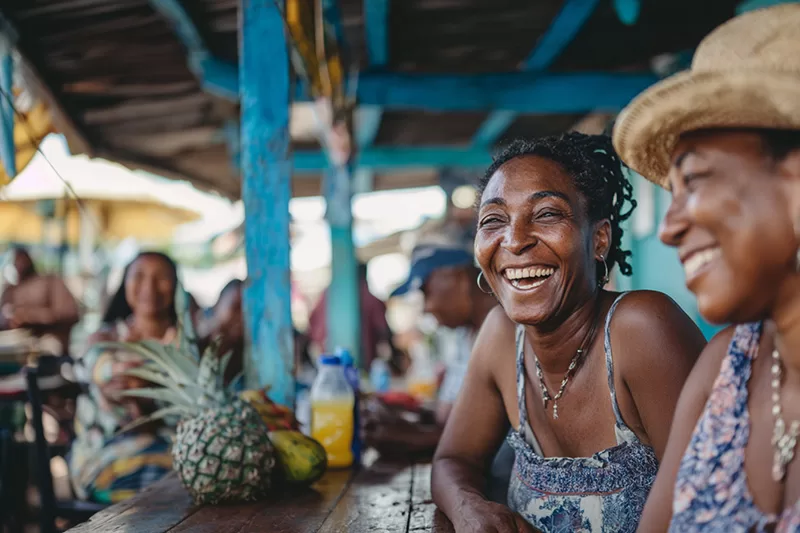
In that sense, language in Belize isn’t just a skill; it’s a form of mobility. It allows Belizeans to operate across social and professional contexts without losing cultural authenticity.
Cultural Expressions Through Language
Music, literature, and radio
Belize’s music scene illustrates how languages interact. Punta and Brukdown songs often mix Kriol, Garifuna, and English. Belizean writers such as Zee Edgell and Evan Hyde have woven Kriol dialogue into novels, asserting linguistic pride. On radio, KREM FM (founded in 1989) pioneered bilingual broadcasting in English and Kriol, later inspiring community stations across the country to follow suit. Its morning talk shows, mixing formal English with bursts of Kriol, became cultural touchstones and a space for national conversation. Even today, Belizean YouTubers and podcasters keep that tradition alive, code-switching mid-sentence, speaking as Belizeans actually do, unfiltered and proud.
Street signage and popular media
Walk through Belize City, San Ignacio, or Dangriga, and you’ll spot hand-painted signs reading “Welcome Home / Bienvenidos” or “Bakery / Panadería.” This spontaneous bilingualism shows how natural it is for communities to address both English- and Spanish-speaking audiences at once.
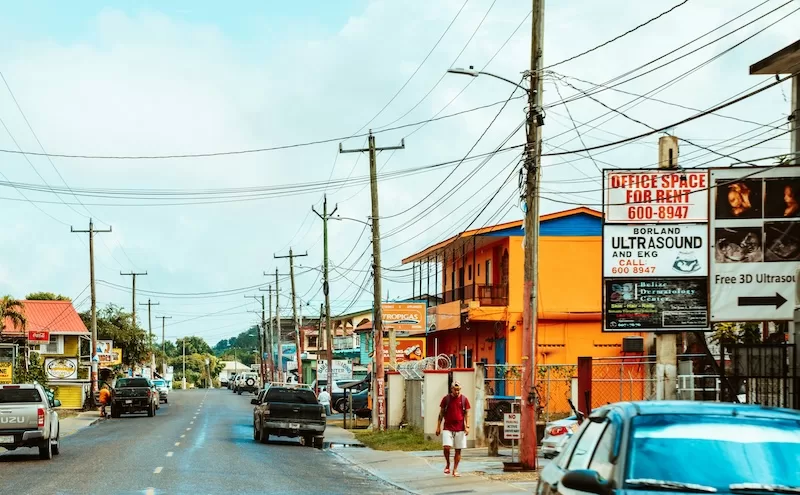
In advertising, that blend becomes art. Local TV and radio ads often start with clear English narration before closing with a friendly Kriol slogan, phrases like “Yu know how we do!” or “Tek care ah yuhself!” (Take care of yourself.) It’s a marketing instinct rooted in identity: even national campaigns sound personal and local.
Meanwhile, social media has taken Belize’s linguistic fusion global. TikTok creators mix Kriol punchlines with English subtitles, while travel vloggers learn local expressions like “weh di go on?” (what’s up?) to connect with audiences. This digital bilingualism mirrors what happens on Belize’s streets: effortless shifts between languages, full of rhythm and character.
Language Change & Future Trends
Decline or revival
Like many multilingual countries, Belize faces questions about language preservation. Some younger Belizeans prefer English and Kriol over Maya or Garifuna, influenced by urbanization, migration, and digital media. Yet revitalization movements continue: Garifuna cultural schools teach traditional songs; Maya language workshops promote literacy; and Kriol councils publish new learning resources.
Technology may play a key role: YouTube channels and local podcasts now feature trilingual hosts, ensuring minority languages evolve within digital spaces.
Influence of migration and education
Belize’s population continues to diversify, with new residents from neighboring countries introducing different Spanish dialects and even Chinese and Arabic communities expanding urban language diversity. Meanwhile, English-based schooling remains the unifying factor that binds the multilingual reality together.
Belize as a Linguistic Symphony
Think of Belize not as a single voice, but as a symphony. English carries the melody: formal, consistent, and recognizable. Kriol provides the rhythm: lively and spontaneous. Spanish and Maya contribute harmony, while Garifuna and others add rich percussion. Together they create a sound that is uniquely Belizean: vibrant, blended, and alive.
It’s a linguistic composition that can only exist in a nation this culturally layered.
FAQs
Q1. What language is most spoken in Belize?
English is the official language, spoken by about 75 % of the population, but Kriol is the most commonly used in daily life.
Q2. Is Spanish widely used?
Yes. Roughly half of Belizeans speak Spanish, especially in the north and west, near the Mexican and Guatemalan borders.
Q3. Do Belizeans speak multiple languages?
Most do. Many are bilingual or trilingual, comfortably switching between English, Kriol, and Spanish depending on context.
Q4. What indigenous languages exist in Belize?
Three main Maya languages (Q’eqchi’, Mopan, and Yucatec) along with Garifuna, are spoken in various regions.
Q5. Is it easy for English speakers to travel or live in Belize?
Very easy. English is used in all formal systems, so visitors and expats can communicate effortlessly.
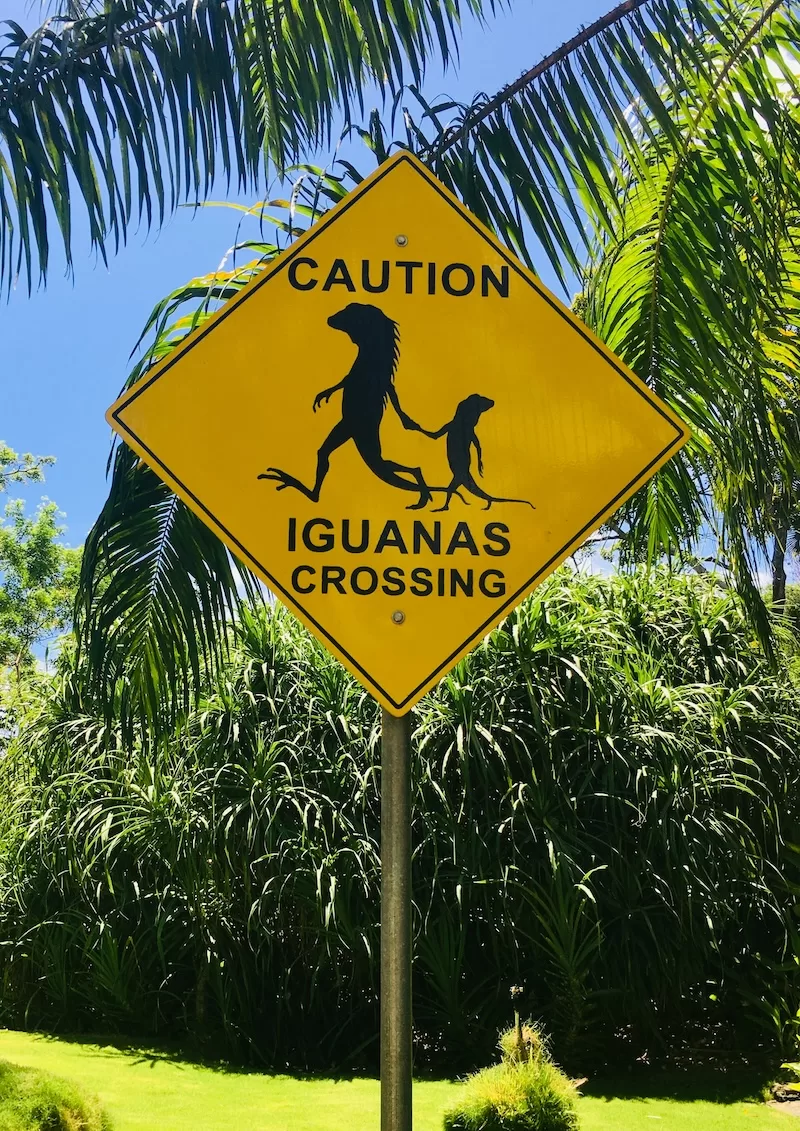
Belize Language as Cultural Harmony
The question “what language is spoken in Belize” has one official answer and many living ones. English holds the administrative key, but Kriol, Spanish, Maya, Garifuna, and other languages fill the nation with personality and rhythm. This coexistence isn’t confusion: it’s collaboration.
Belize’s linguistic diversity mirrors its social openness: a place where identities blend without erasure, and where language serves connection more than division. Whether you’re a visitor, researcher, or future resident, understanding the Belize language landscape means appreciating the symphony of voices that make this small country uniquely big in cultural spirit.
If you’d like to explore further, download our free Belize Handbook. It’s a practical guide filled with cost-of-living breakdowns, residency and visa options, real estate insights, healthcare and education details, and expat lifestyle tips from people already living there. It’s a great tool to help you experience Belize like a local.
Contact Author
"*" indicates required fields
Stay Ahead on Every Adventure!
Stay updated with the World News on Escape Artist. Get all the travel news, international destinations, expat living, moving abroad, Lifestyle Tips, and digital nomad opportunities. Your next journey starts here—don’t miss a moment! Subscribe Now!
